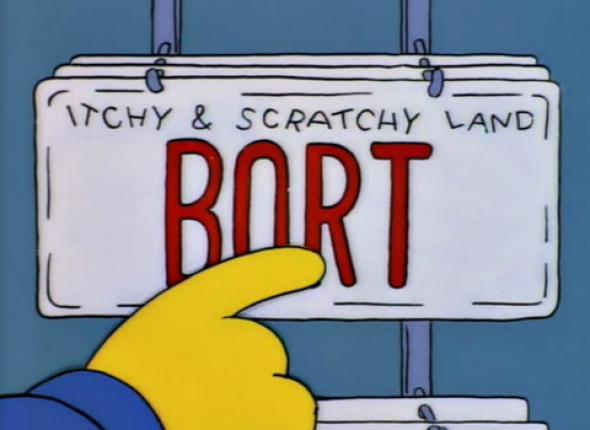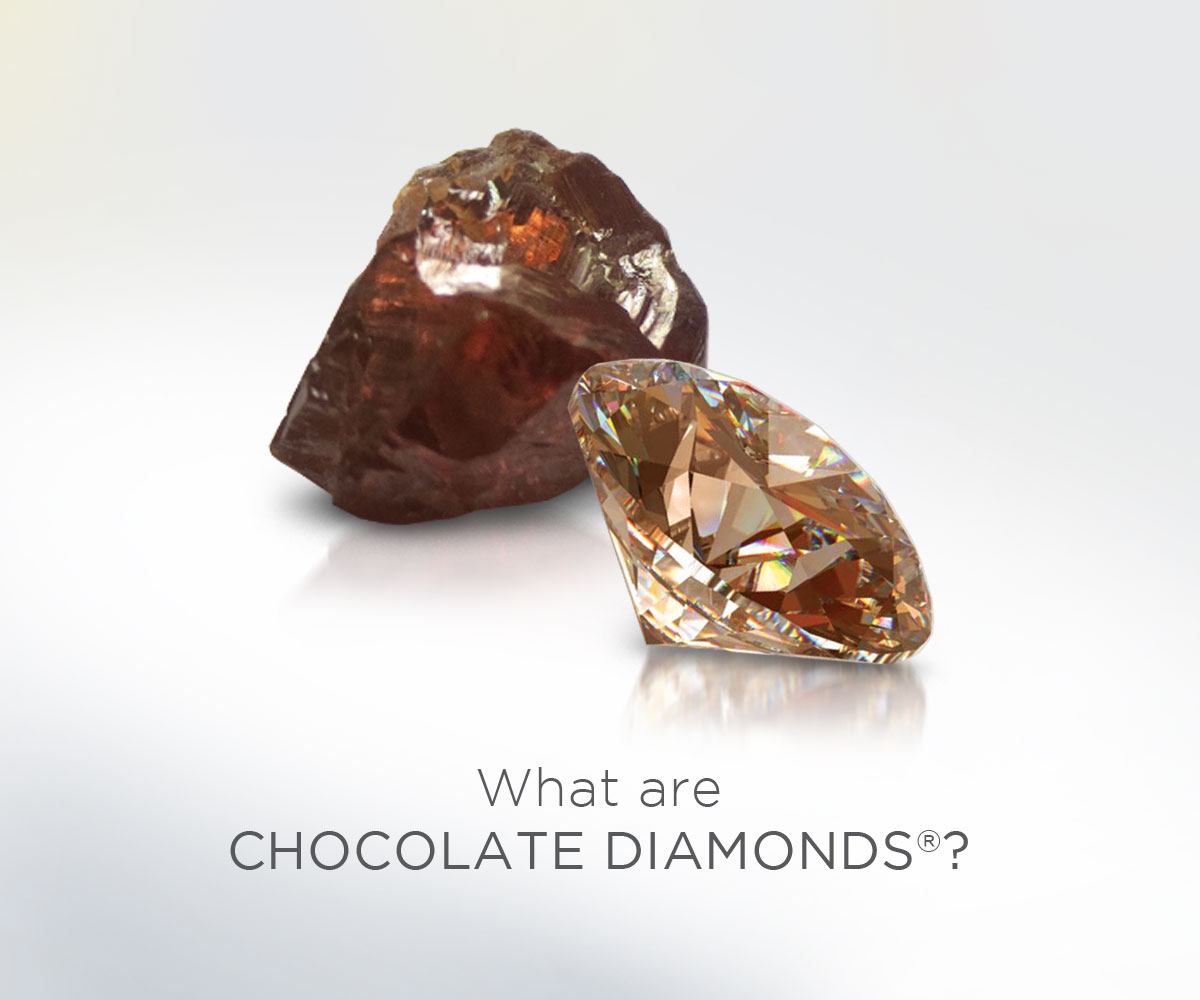Yeah, this. You don’t open your own diamond mine to make the price of diamonds more fair, you do it so you can exploit the people who’ve bought into the idea that diamonds are the only kind of gem to put on a ring. De Beers spent decades building up that flock to be fleeced, so why would you go and waste all that effort?
It should be noted that 80-90% of all diamond mined is used for industrial purposes, but even then, mined diamonds account for only 3% of industrial-use diamonds; the other 97% is synthetic, as they can be made with properties specific to a particular application.
A well-cut brilliant white diamond is more colourful than any of those gems.
I was once told that if you’re dining by candle light, a diamond will sparkle more than other stones.
Diamond has a high index of refraction. White light goes in, a rainbow comes out.
Diamonds are usually displayed in showrooms lit with those small intense halogen bulbs. This enhances the sparkle. Speaking from experience, a well-cut pure diamond catching the sunlight will produce a disco-ball like spread of rainbow spots in the room.
I assume the real truth is mined diamonds are somewhat rare, but not rare enough to produce the price they retail for in recent times, especially now that mining is big business. Today, it’s possible to manufacture fairly large diamons; they are distinguishable by a lack of flaws (inclusions) unless deliberately placed there. So deBeers has the additional problem of convincing us that artificial diamonds are “not real” and not as sincere a form of displaying affection as a gift. (But i"m sure there’s a good market for those who simply want to put up a front.)
Natural rubies sell for a passable price despite the fact that rubies can be grown in the lab and large ones are used in some lasers. The Russians were happy to go along with deBeers because it garnered them substatial foreign currency - as mentioned, if you flood the market, the price for everyone goes down. Years ago there were suggestions the Russians had also mastered artifical diamonds and were mixing those in with the mined diamonds the sold.
I recall a movie many years ago about some hesit where they robbed the diamond storage at deBeers in London.
I’m not sure there is a caper movie about the De Beers vault, but there are several about the real-life Hatton Garden heist of 2015, so perhaps this is what you were having in mind. That vault is not far from the De Beers building, but it’s still a different place.
‘Look, no one wants diamonds that aren’t clear. Not one’s that color.’
‘Oh really?’
If there’s one thing diamond merchants (especially De Beers) have mastered, it’s creating a market for whatever they have.
When you say recent, if you mean in the almost last 100 years, I’d agree with you.
Cecil has written about this - the articles are not recent, but explain a lot about how this all came to be…
Is a diamond’s price a true measure of its value?
How did diamonds come to symbolize a wedding engagement?
AIUI today, DeBeers simply buys-up all the available diamonds as they are mined in order to corner the supply. Sure, some areas are not cooperating, but the major diamond mining areas are elsewhere where the locals are less selective as to who they are doing business. IMHO the price of diamonds is a scam, perpetuated by clever advertising and a ruthless company, and learning about “blood diamonds” turned me off to them.
The rare special run bourbons (Pappy’s, Blantons, Barrells, Willet, etc) are similarly marketed and priced. They are artificially constrained.
A journalist named Edward Jay Epstein has written extensively about how De Beers created the mass market for diamonds. His website seems to have his entire book on the subject available here.
As linked in post #15.
Sorry. Didn’t notice that.
Another successful marketing campaign is for “premium” vodka Grey Goose. It’s not that it’s that much “better” than other vodka (aren’t all vodka supposed to be flavorless?), just better marketed such that people are willing to pay more for it, a lot more, than another brand. DeBeers has been working the same angle with diamonds.
In the sense that they have both succeeded in creating demand for a fairly common and relatively uninteresting commodity, sure.
But Grey Goose isn’t buying out other distillers and stashing their products in vaults to keep overall market availability of vodka to an artificially low level. So, alike but not entirely.
Another example. I buy Morton salt though it’s no different than any other brand. Lots of products are sold based on perceived differences.
Do you mean 11 Harrowhouse? Wikipedia link, with spoilers for a 49 year old movie: 11 Harrowhouse - Wikipedia
More relevantly, it has high dispersion. High refraction just means that it bends light a lot. High dispersion means it bends different colors differently.
I once attended a talk by a physicist doing extreme-high-pressure research. Part of her research involved the use of golf-ball-sized gem-quality diamonds (lab-made, of course). She brought one with her to show us. It’d be possible to make diamonds that size for jewelry, too, if it weren’t for the popular perception (created by DeBeers’ marketing, of course) that lab-made diamonds “don’t count”.

